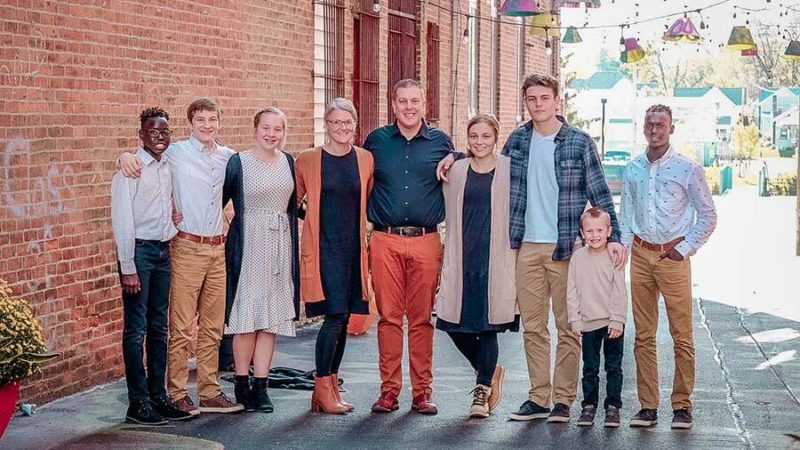Helping Adoptees Explore First (Birth) Family and Heritage Culture—Part II

As adoptive parents, one of our goals is for our children to have strong and resilient identities. For this to happen, it’s important to aid our children in understanding and honoring their story. Exploring their birth family and heritage culture is central to this. Part one of this series will focus on understanding birth family exploration. Part two will look at birth culture and part three will outline tangible steps adoptive families can take to support their child’s exploration of birth family and birth culture.
Part Two—Understanding Birth Culture Exploration
There are pieces of your child’s identity that began before they became part of your family. Helping your child make sense of those pieces and connect with them, is part of birth culture exploration. This is an important role for adoptive families so that children don’t grow up thinking those pieces of their identity are a mystery. Instead, through birth culture exploration, they can embrace those pieces and be prepared to interact in a world that has ideas about what they mean.
The essence of birth culture is the idea that units of beliefs, ideas, or habits are passed from one person to another, or from one group to another that exists within some shared context. In the past, the definition of ‘culture’ more narrowly referred to shared intangibles such as language or social hierarchy. These are important elements of cultural identity, as are tangible shared traits such as bone structure, natural wonders, or artifacts. In other words, culture can be understood as a way of life, and heritage as what we inherit from the past. To honor the importance of both, some adoptive families have embraced the term ‘heritage culture.’
The process by which adoptees embrace a culture that is different from their heritage culture is called acculturation. And the process by which adoptees reclaim their heritage culture is called reculturation. There are four main ways in which these take place and it’s important to understand the implications of each: assimilation, separation, marginalization, and integration.
Cultural assimilation is very common in the adoption community. This refers to when a child has a positive view of their host culture and a negative view of their heritage culture, sometimes motivated by a desire to belong to or fit in with their host culture by detaching from their past. On the other hand, cultural separation occurs when a child has a positive view of their heritage culture and a negative view of their host culture, sometimes stemming from the trauma of losing that which is familiar and a fear of being rejected that is expressed by a limited desire to participate in the host culture. Least common is cultural marginalization; when a child has negative views of both their host and heritage culture, and no desire to participate in either. The ideal scenario is cultural integration by which a child has positive views of both their host and heritage culture. Achieving this takes time, resources, and emotional labor. Cultural integration is the goal for which adoptive families should strive.
How can you get there? In part three of this series, we’ll delve into tangible ways to support kids through the process of first (birth) family and heritage culture exploration. Coming soon!
(If you haven’t yet, return to Part One to understand birth family exploration.)